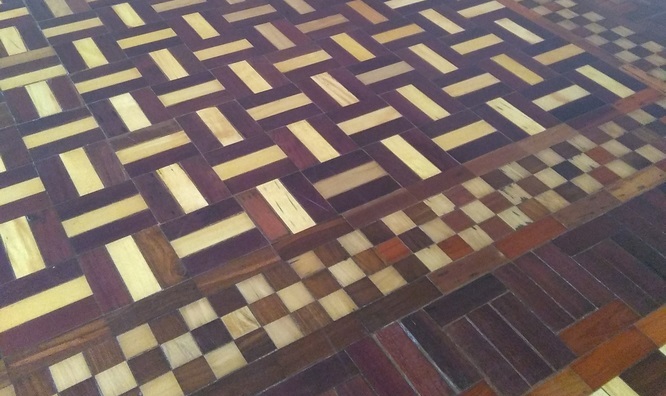
[10:00-11:00] Session I: Detecting the linkage in an n-component Brunnian link
Abstract: An n-component Brunnian link consists of n circles embedded in 3-space (or the 3-sphere) in such a way that all n are non-trivially linked but fewer them n of them are unlinked. We construct a cellular decomposition of the link complement B(3) of a 3-component Brunnian link (a.k.a. Borromean rings) in the 3-sphere then use induction to obtain a cellular decomposition of the link complement B(n) of an n-component Brunnian link. We define an A-infinity colalgebra structure on the cellular chains of B(n) and discuss the transfer of this structure to (mod 2) homology of B(n). The induced A-infinity coalgebra structure on (mod 2) homology is a topological invariant of B(n), which detects the linkage.
[11:30-12:30] Session II: Computing higher homotopy invariants.
Abstract: Let XX be a cell complex. The cellular chains of XX, denoted by C∗(X)C∗(X), is the graded vector space generated by the cells of XX, and the geometric boundary in XX induces a square 00 differential operator ∂:C∗(X)→C∗−1(X)∂:C∗(X)→C∗−1(X). The pair (C∗(X),∂)(C∗(X),∂) is called a \emph{differential graded vector space}. In many important applications, a non-coassociative diagonal approximation Δ:C∗(X)→C∗(X)⊗C∗(X)Δ:C∗(X)→C∗(X)⊗C∗(X)gives rise to an A∞A∞-coalgebra structure on C∗(X)C∗(X), and the induced higher order structure on homology is an algebraic invariant of the space XX. In this lecture we discuss the mechanics of a general transfer algorithm, developed by S. Saneblidze and myself, which transfers an A∞A∞-coalgebra structure on cellular chains to homology and requires neither freeness in homology nor the existence of a homotopy operator on cellular chains.
Para recibir un certificado es necesario asistir al menos al 75% de las horas del curso y, además, inscribirse por correo electrónico a admin2-imus@us.es indicando lo siguiente:
Nombre de la actividad:
Nombre completo del participante:
DNI o pasaporte:
Correo electrónico:
